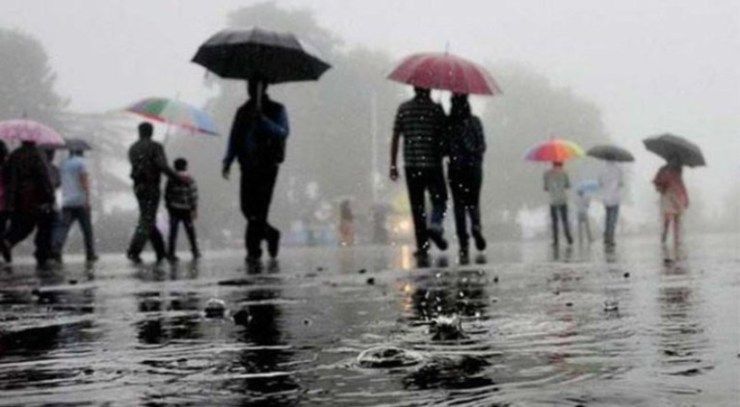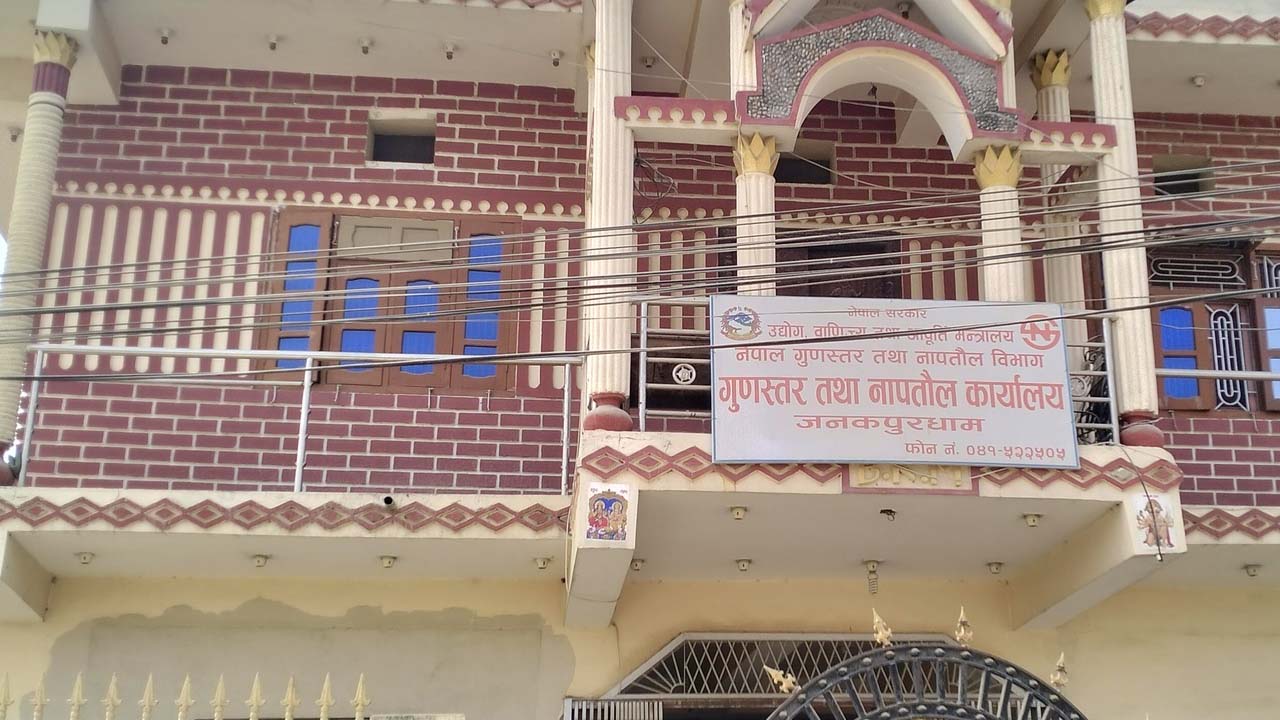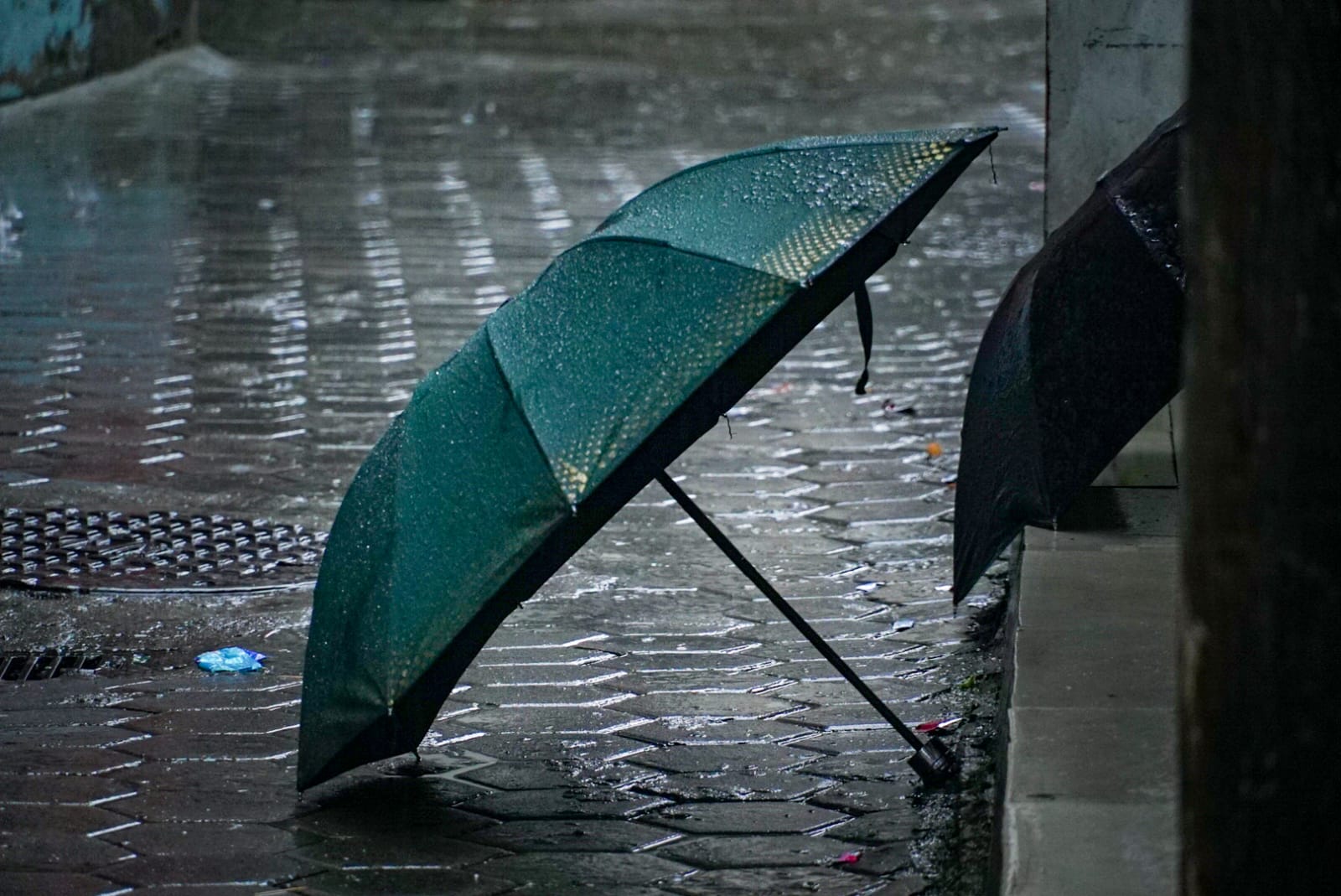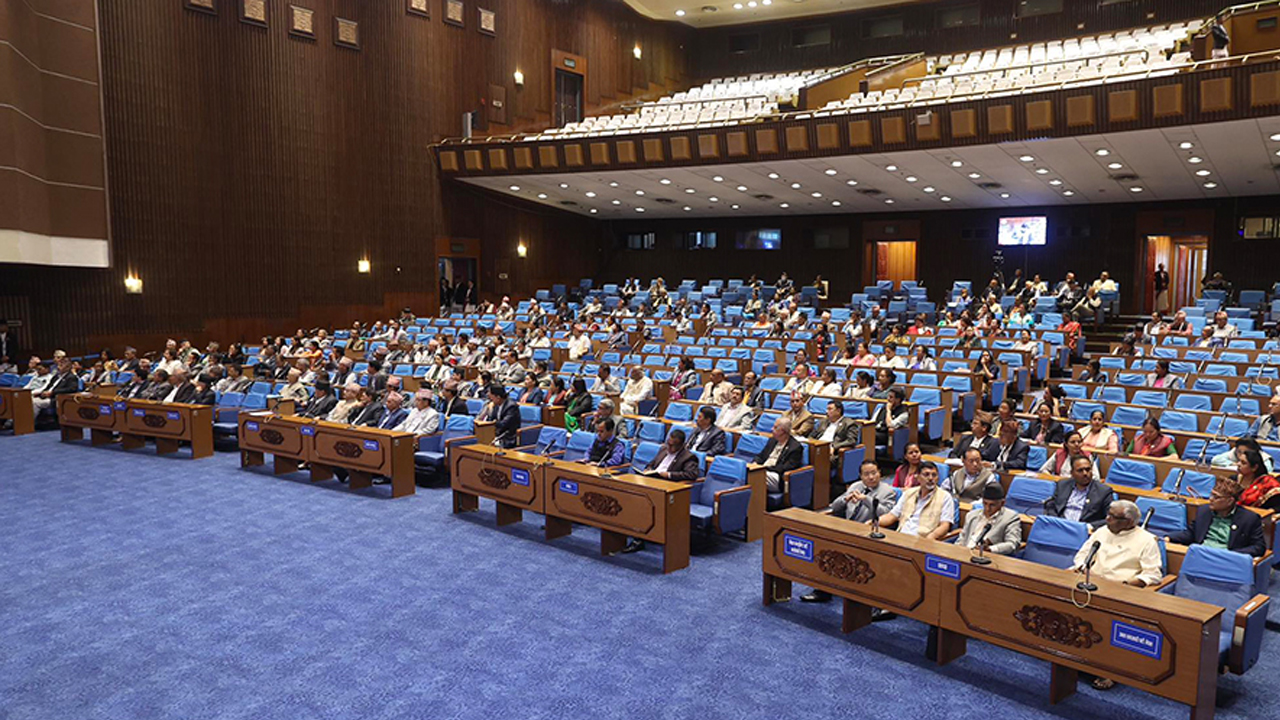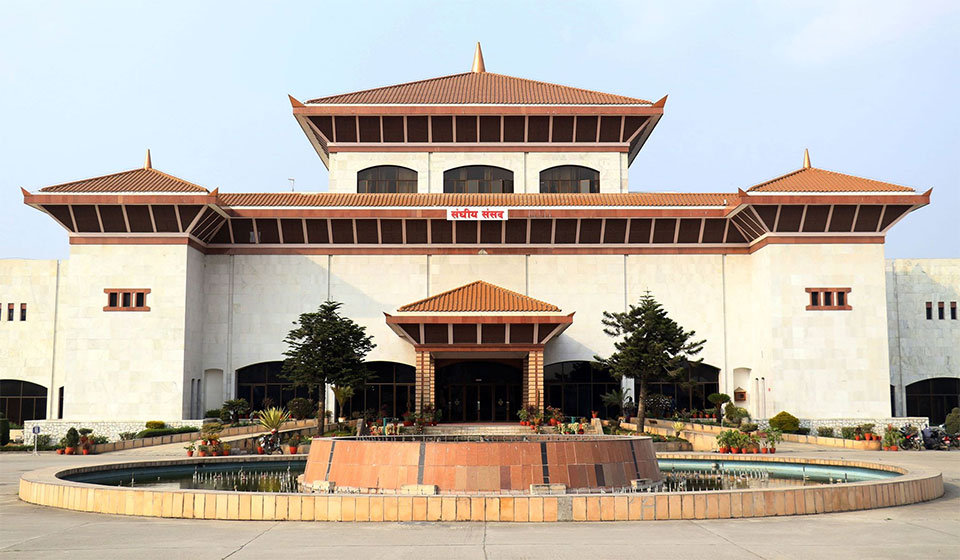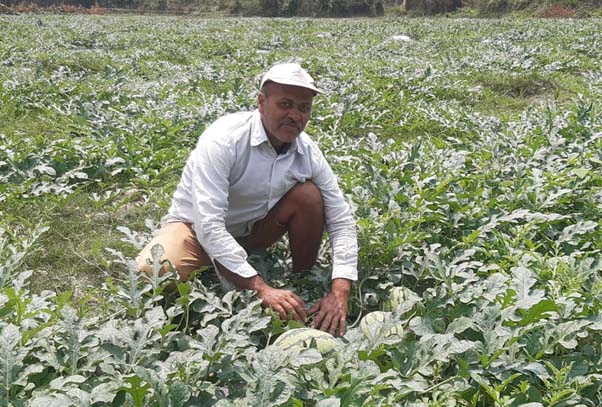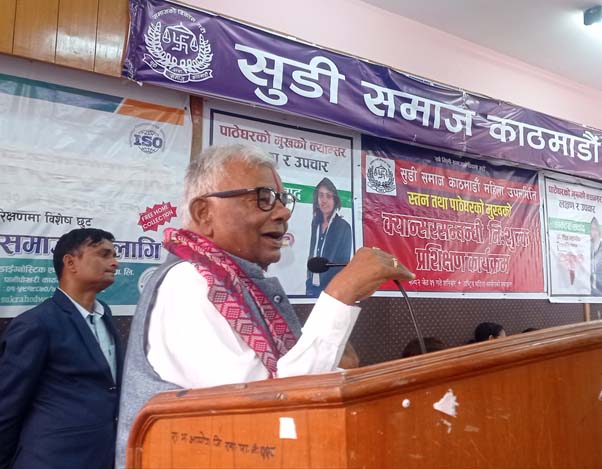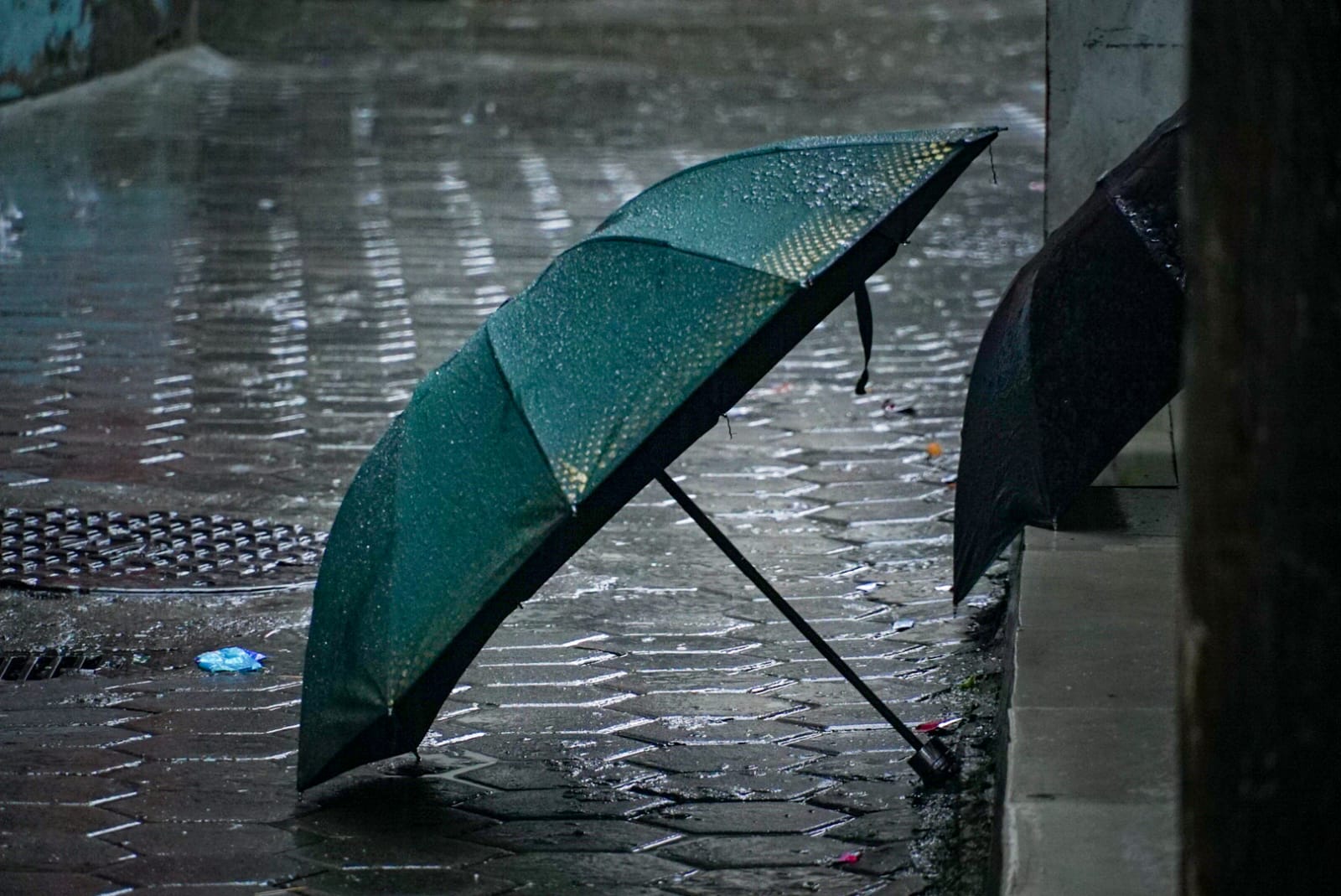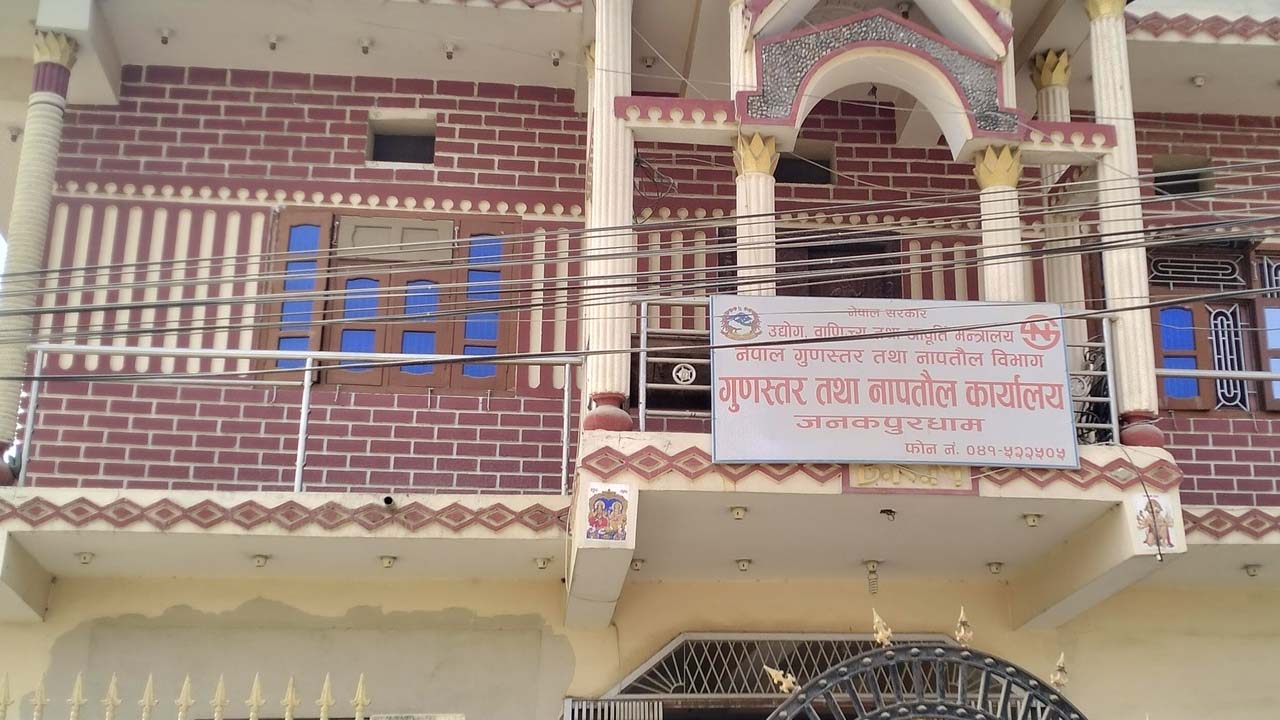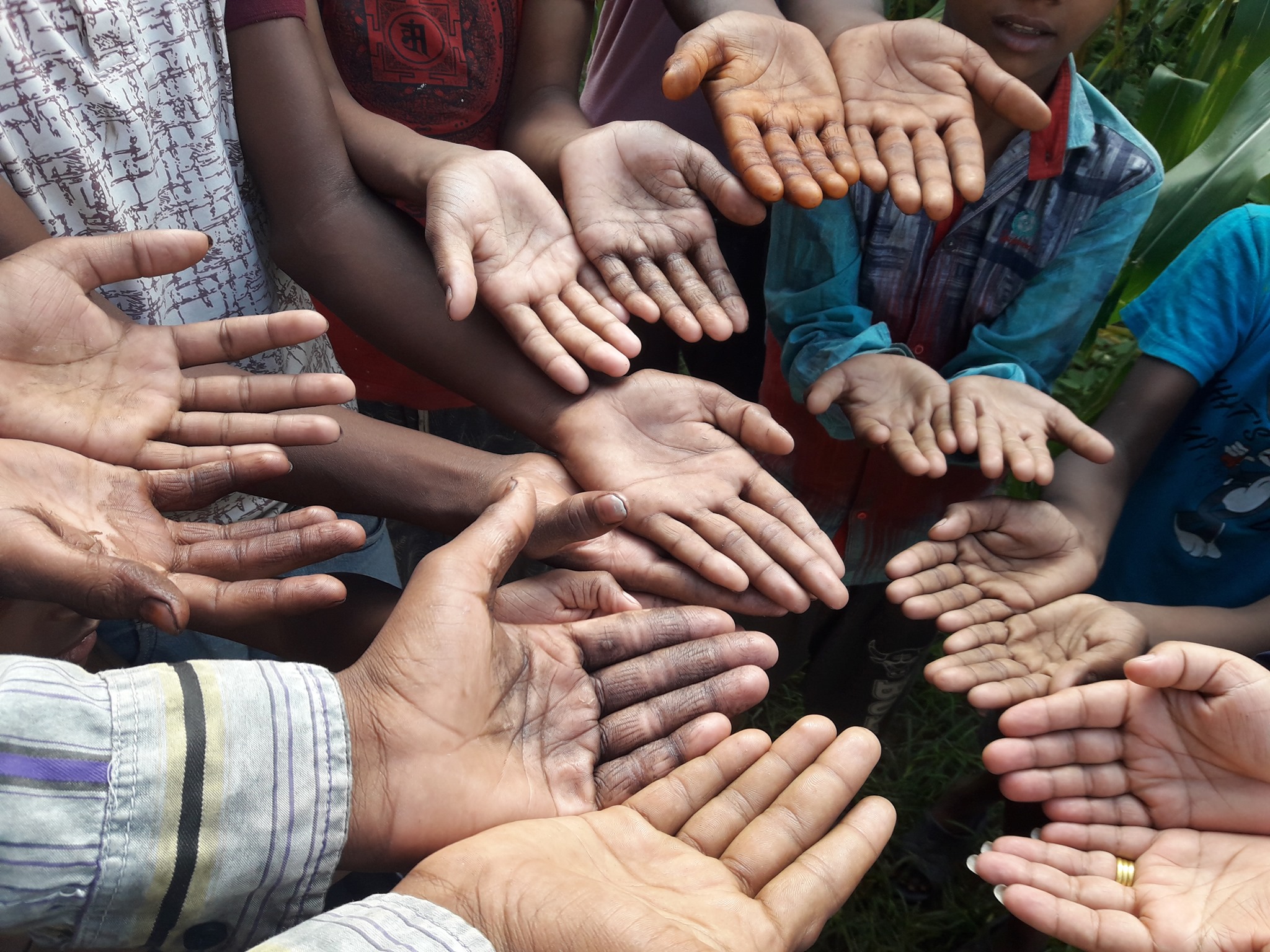
Pabitra Guragain
Kathmandu : “You may feel and even look elegant in a finely embroidered outfit, but have you ever pondered the likelihood of such beauty item laced with an invisible story of child labour exploitation?.”
This statement resonated with participants of a programme held in the federal capital today, calling for deep reflection on the matter. As the world prepares to observe World Day Against Child Labour on June 12, Thursday, media representatives and child rights activists gathered to assess the current state of child labour in the country.
Speaking at the event, Yubaraj Ghimire, Legal Advisor for Children-Women in Social Service and Human Rights (CWISH), raised the aforementioned thought-provoking remark. He sensitized participants towards the harsh realities many children face, drawing on his years of experience with the organization.
Presenting data and empirical evidences to supplement his statement, Ghimire said, ” Child labour snatches away the childhood of survivors, robs them of their innocence and exposes them to a vicious cycle of violence, including sexual abuse, discrimination, and poverty.”
According to the 2078 B.S (2021) National Population and Housing Census, children aged 14 and below make up 27.83 percent of Nepal’s total population that stands at 29,164,578
The ILO data shows that in Nepal, 1.1 million children are engaged in labour, with nearly 200,000 working in particularly hazardous sectors. Of them, around 18 percent are below 14.
The participants were univocal that these data about the child labour suggests that “Nepal has to go long way before it can eliminate child labour and guarantee the rights of a significant section of the population.”
As the CWISH cites, economic poverty, lack of educational opportunities, family disputes, polygamy, inadequate guardianship, social discrimination, natural disaster, peer pressure, and child marriage are among the causes of high prevalence of child labour in Nepal.
Ghimire noted, within the SAARC region, Nepal ranks just above Afghanistan in terms of child labour prevalence.
Child workers face denial of education, forced and extended working hours, physical abuse, sexual exploitation, and lack of freedom among other issues.
The participants concluded with a note that the these conditions constitute open violation of several fundamental rights of children guaranteed by the Constitution, international convention on child rights and the Act Relating to the Children 2018. Some of such rights include the right to live with dignity, protection against discrimination, the right to protection and participation in decisions affecting them, the right to education, and the right against exploitation, freedom of expression and access to information, the right to privacy.
In an argumentative note, the gathering called for urgently revising the Child Labour (Prohibition and Regulation) Act, 2056 B.S. (1999) to make it compatible with time.
CWISH project coordinator Umanga Mainali reminded journalists of the role of Media, sharing that the Act emphasizes the media’s responsibility to report on child-related issues ethically, without violating children’s rights or causing harm to their overall interests.
It may be noted that under the Child Labour (Prohibition and Regulation) Act, 2056 B.S. (1999), a child is defined as a person under the age of 16, and engagement of children under 14 in labour force is strictly prohibited. Similarly, engaging children in hazardous work or employing them against their will is illegal.
However, if an enterprise must employ a child (who must complete 14 years of age), it must obtain permission from the concerned labour office and secure written prior informed consent from the child’s parents or guardians, in compliance with legal safeguards provided by the Act.
The programme concluded with a call for stronger enforcement of child protection laws, greater public awareness, and collective responsibility to eliminate child labour in all its forms.
Prior to this, CWISH Chairperson Bimala Gyawali said the organisation that was established in 1993 aims to ensure social justice, protection and promotion of human rights, especially the rights of children. “Child labour is a crime and it must be eliminated through collective efforts.”
The theme of this year’s World Day Against Child Labour is “Progress is clear, but there’s more to do: let’s speed up efforts!.RSS

